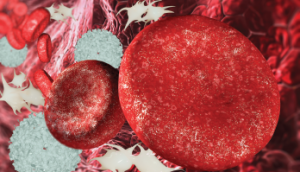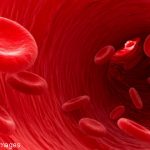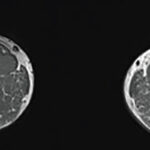
vitstudio / shutterstock.com
Imagine telling a patient “You’re in remission!” and finding out it’s not true. The last thing you want to do is get it wrong clinically and put your patient on an emotional rollercoaster.
With large vessel vasculitis (LVV) in particular, physicians struggle to be accurate, to determine if indeed the disease has gone away or just gone into hiding.
Peter Grayson, MD, MSc, is head of the Vasculitis Translational Research Program at the National Institute of Arthritis and Musculoskeletal and Skin Diseases at the National Institutes of Health (NIH) in Bethesda, Md. Dr. Grayson and colleagues published an article in the March 2018 issue of Arthritis & Rheumatology on the use of 18F-fluorodeoxyglucose (FDG) positron emission tomography (PET) as an imaging biomarker for large vessel vasculitis.1
“Like many rheumatologists,” he says, “I have had a patient with LVV who, according to the bloodwork, was in remission, but in fact was not. Determining whether the disease is still active is easier to do shortly after the initial diagnosis when things are more obvious, but it becomes more difficult over the disease course. Tests, such as the erythrocyte sedimentation rate, are not necessarily reliable to determine disease activity.
“There are fewer clinical trials in LVV [than for] forms of small vessel vasculitis, in part because there are no validated outcome measures of disease activity in LVV. “It’s hard to determine if a therapy is effective when it is simultaneously challenging to figure out if the disease is still active.”
‘FDG-PET was useful in differentiating patients with clinically active LVV from controls (a sensitivity of 85% & a specificity of 83%). However, we also observed that the majority of patients with LVV in clinical remission at the time of imaging had FDG-PET scan findings that looked like ongoing vasculitis.’ —Dr. Grayson
Does Bloodwork = Guesswork?

Dr. Grayson
“There is always the concern with LVV that medications improve the blood markers of inflammation without improving inflammation at the tissue level,” Dr. Grayson says. “In fact, when autopsies have been performed on patients with LVV who died of other causes and were thought to be in clinical remission at the time of death, ongoing active vasculitis is almost always detected in the arteries. So somehow, it appears the treatments for LVV are not getting at the underlying vascular inflammation.
“FDG-PET is traditionally used to detect metabolic activity in cancer cells,” he says. “However, it has been known for years that FDG-PET can also be used to visualize inflammation.”



